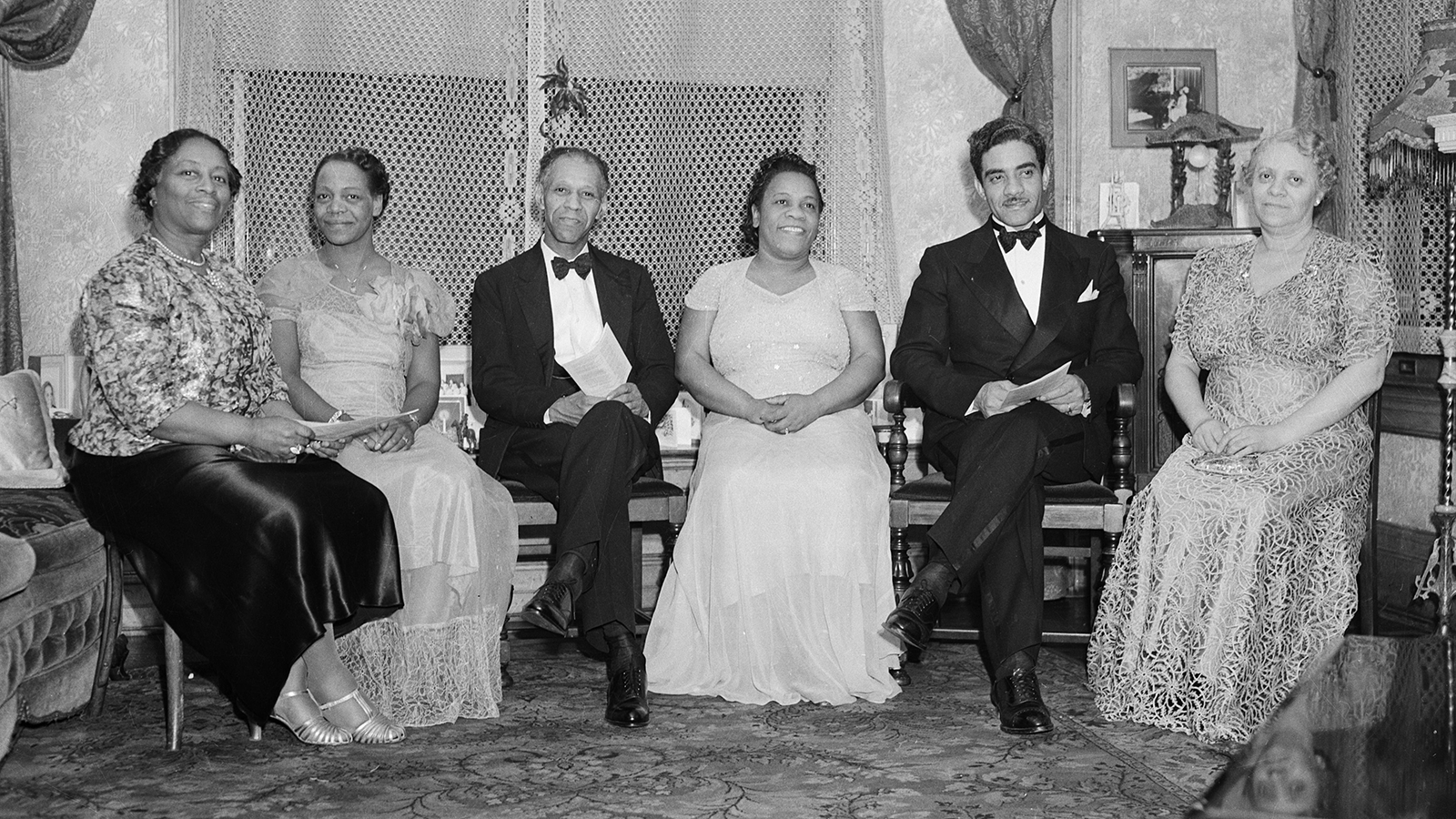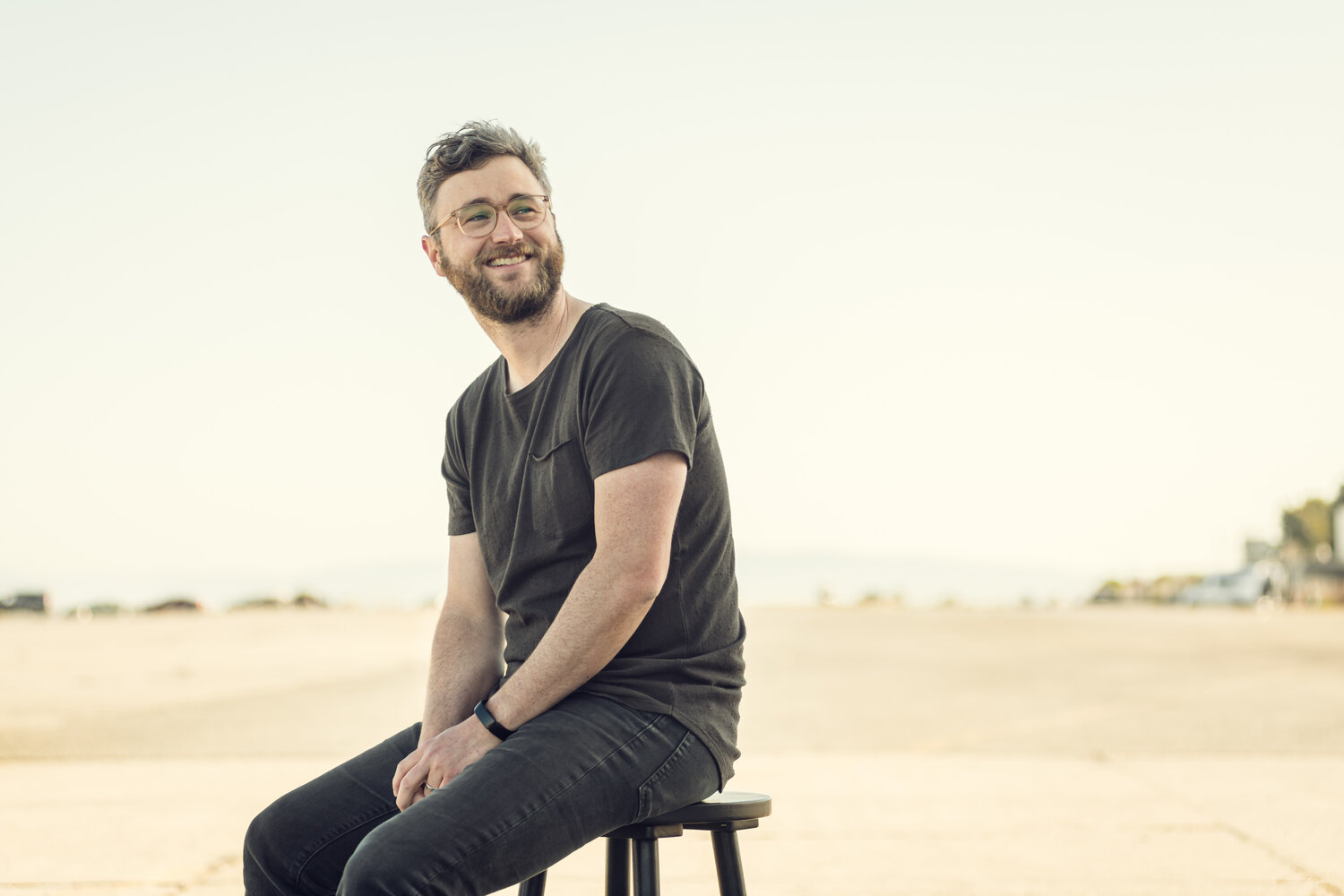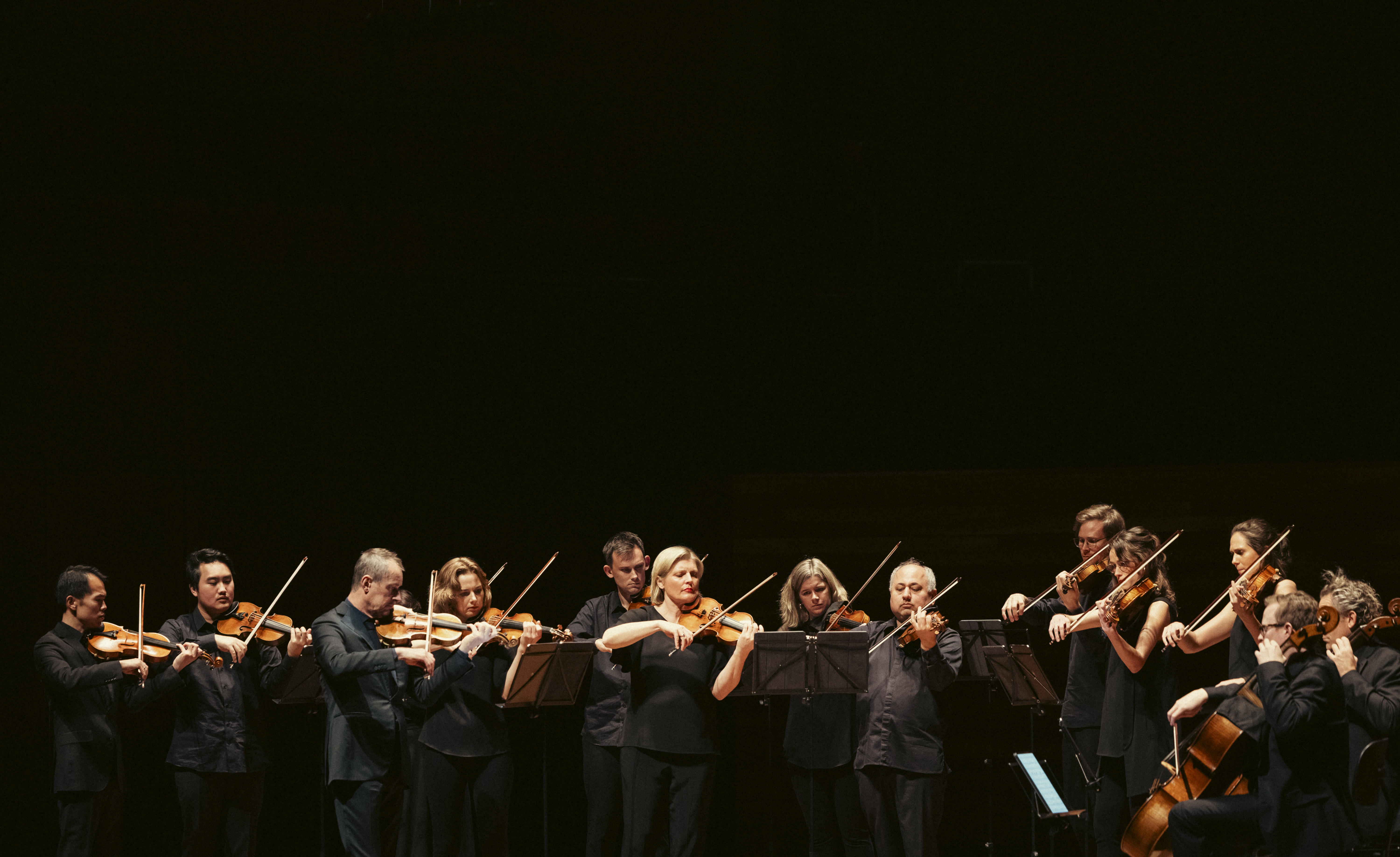
The history of American music cannot be divorced from the fraught history of the nation itself. A republic founded on ideals of freedom and equality betrayed those ideals in the first moments of its existence, and it continues to betray them today.
Racism, imperialism and hyper-capitalism remain as fundamental to American identity as life, liberty and the pursuit of happiness. Nonetheless, the putative American dream still holds a global audience spellbound, principally through the worldwide domination of popular culture.
American composers – those who are in conversation with classical-music traditions – occupy a strange position in the never-ending, all-consuming national psychodrama. They have been cultural outsiders from the beginning: when classical music began arriving on American shores, it was desirable chiefly as a symbol of European refinement.
After the founding of the New York Philharmonic in 1842, local composers complained that the ensemble was ignoring them in favour of endless reams of German music. George Frederick Bristow fumed in 1854: “Is there a Philharmonic Society in Germany for the encouragement solely of American music? Then why should there be a society here for the encouragement solely of German music?” Similar laments would be heard for generations.
Once American schools of composition began to coalesce at the end of the 19th century and especially in the first decades of the 20th, debates raged over what American music should sound like and how it should position itself in relation to Europe. Charles Ives acquired something like godfather status not only for his exuberant use of native sounds – hymn tunes, marches, national airs – but also for his brazen eruptions of dissonance.
Here, many felt, was the true original that had long been sought: a “maverick” occupying a position of solitary defiance, like the macho hero of a Western. Aaron Copland, emerging in the 1920s and 1930s, established a quite different model of Americanness: a communal, collective, we’re-all-in-this-together stance evident in New Deal-era works such as Billy the Kid and Rodeo.
From Ives and Copland descended compositional schools of modernism and populism, with much shuttling between; Copland, too, had his hyper-dissonant phases. Certain faces and voices were, however, missing from this emergent pantheon. Although a few people of colour and very few women were able to pursue compositional careers, white men dominated the procession. This was in contradiction to the multifarious makeup of the national population. It revealed a patriarchy as monolithic as that of the European inheritance toward which Americans assumed a self-consciously rebellious stance.
In the early 21st century, the question is not only what composers were writing but who was writing. It was not enough for well-meaning white artists to make gestures toward Native American or African American traditions: the contemporary heirs of those traditions needed to speak for themselves, in whatever language they saw fit.
They have been cultural outsiders from the beginning: when classical music began arriving on American shores, it was desirable chiefly as a symbol of European refinement.
This concert is based around Richard Tognetti’s new arrangement of Antonín Dvořák’s 12th String Quartet, nicknamed the “American.” Dvořák played a prominent role in the evolution of the nation’s musical identity, through the repercussions of his visit to the United States from 1892 to 1895. He wrote two of his most celebrated works during his stay – the “American” Quartet and the “New World” Symphony – and he also intervened in critical debates through an article titled “Real Value of Negro Melodies.” Although the essay was ghost-written, it reflected his sentiments. The most widely quoted statement was this:
“I am now satisfied that the future music of this country must be founded upon what are called the negro melodies. This must be the real foundation of any serious and original school of composition to be developed in the United States… All of the great musicians have borrowed from the songs of the common people. Beethoven’s most charming scherzo is based upon what might now be considered a skilfully handled negro melody.”
According to a familiar historical narrative, Dvořák kickstarted an upward surge in American music. Ives began writing his First Symphony three years after Dvořák left, and it echoed the Czech composer’s preoccupations. Ives’s slow movement, like the Largo of Dvořák’s “New Word,” leads off with a soulful English-horn melody.
Latter-day scholars are apt to doubt the myths surrounding around Dvořák’s visit. The musicologist Douglas Shadle has pointed out that the ideas contained in “Real Value of Negro Melodies” had been in circulation for years and that Dvořák was merely echoing the progressive line. Attempts had already been made to use Black spirituals as the basis for large-scale works. The difference was that Dvořák executed the idea at an exalted level.
Indeed, though he listened to spirituals and other folk song with a keen ear, he tended to absorb only those aspects that fitted his established musical vocabulary. Some sceptics, notably Leonard Bernstein, questioned whether there was anything indubitably American in Dvořák’s American pieces. But Dvořák never claimed to be creating a perfect model. Instead, he was following his own inborn instinct to unite the “high” European legacy with the sounds of everyday life. This fusion came naturally to him, given his poor, rural origins.
Probably Dvořák's most radical gesture came neither in his music nor in his public statements but in his teaching at the National Conservatory of Music of America, in New York. Under the leadership of Jeannette Meyer Thurber, the conservatory had made the enlightened decision to admit Black pupils. Dvořák grew especially close to a young Black singer and composer named Harry T. Burleigh, who sang spirituals for him and showed him around New York. Dvořáks students also included the violinist and composer Will Marion Cook, who went on to play a pivotal role in Black popular music and served as a mentor to Duke Ellington.
It suddenly seemed as though gifted young Black artists could break through the monumental walls of racism that surrounded the classical world. In fact, Dvořák’s encouraging signals turned out to be misleading: the path was immensely hard. Black composers wouldn’t begin to find their way into leading concert halls until decades after Dvořák’s death.
It suddenly seemed as though gifted young Black artists could break through the monumental walls of racism that surrounded the classical world.
One of them was Florence Price (pictured below, right), who was born in 1887 in Little Rock, Arkansas, and studied at the New England Conservatory. In the Arkansas of her youth and early adulthood, lynching murders of Black people were routine. In the 1920s Price moved to Chicago, where new opportunities opened to her. In 1933 Frederick Stock, the conductor of the Chicago Symphony, led the first performance of Price’s First Symphony, one of several works by Black composers that found an audience in the 1930s. (Three others were William Grant Still’s Afro-American Symphony, William Dawson’s Negro Folk Symphony, and R. Nathaniel Dett’s The Ordering of Moses.) These pioneers tended to follow the Dvořák template, at least superficially, although each had their own distinct personality. Price was notable for the elegance of her formal designs and the variety of her motivic development. Those virtues are evident in the Five Folksongs in Counterpoint, completed in 1951.

Image: composer Florence Price shown seated at the far right of board members of the National Association of Negro Musicians, along with Blanche K. Thompson, Josephine Inness, Henry L. Grant, Mary Cardwell Dawson and Clarence Hayden Wilson from left to right. Credit: Rrrichardson7
George Walker, who was born in 1922 and died in 2018, followed a quite different path. Although he has incorporated Black musical traditions in his works, devising his own monument to the spirituals in his Folk Songs for Orchestra (1992), he is best known for abstract music in a rugged, angular, often atonal style. His output includes five Sinfonias, five piano sonatas, a quartet of concertos and his Walt Whitman setting Lilacs, for which he won the Pulitzer Prize for Music in 1996 – the first Black composer ever to receive that award.
Lyric for Strings is a much earlier score, written in 1946 and couched in what might be called an American-Romantic idiom, not dissimilar to that of Samuel Barber’s familiar Adagio for Strings. The piece was written in memory of Walker’s grandmother, who had escaped slavery and established a family in Washington, DC. Walker remembered her as “extraordinarily gentle, with a shyness that made eye contact impossible for her if strangers were present”.
Although Black traditions assume a central place in American musical history, other inheritances, especially from immigrant populations, have a substantial presence. Think of George Gershwin, the master of classical-popular fusion, the son of Russian Jews who fled to America to escape anti-Semitic pogroms in their native land.
The formidable Modernist composer Morton Feldman, an ally of John Cage, pursued a radically different direction, yet he came from a very similar background: his father was born in Ukraine, his mother in Belarus, and both came to the United States in the first decade of the 20th century, seeking a more hospitable environment. Feldman’s father Irving is said to have walked from Vienna to Rotterdam, a distance of 700 miles, as part of his quest to reach the New World. Like Walker, Feldman preferred to speak in abstractions, but the plaintive “Hebraic melody” of his masterwork Rothko Chapel, written for Mark Rothko’s nondenominational chapel in Houston, is a voice from a lost Jewish world, shrouded in memory and grief.
Bryce Dessner, a composer who also has a career as a rock guitarist, honors his Jewish heritage in his 2009 piece Aheym – “homeward” in Yiddish. Like Walker, he is thinking of his grandmother, Sarah Dessner, one of a number of Jewish immigrants in the composer’s family who fled Poland and Russia. Her experiences are linked to Irena Klepfisz’s poem “Di rayze aheym,” which contains the lines: “Among strangers is her home / here right here she must live / her memories will become monuments.” The furious repetitive patterns that set Aheym in motion are far removed from Feldman’s quietude, suggesting a history of resistance and resilience. But the modal melody that runs through the score seems to have a common genetic thread with the otherworldly song that Feldman first wrote down in childhood.

John Adams grew up in rural New England, in an environment saturated in the kind of Americana that is the stuff of classic films: Little League games, bands playing bandstands, spear-fishing, deer-hunting, and the like. His mother’s stepfather ran a lakeside marina and dance hall, where swing bands came through. At an early age Adams met Duke Ellington and got to sit down at the piano bench next to him. His full name, John Coolidge Adams, suggests a lineage that goes back deep into American history, though his father’s father was actually born in Sweden, “Adams” being short for “Adamson”.
The Americana of Ives and Copland is a substantial presence in Adams’s music, though his polymorphous style draws on a far wider array of influences: the late-Romantic sonorities of Wagner and Richard Strauss, the asymmetrical rhythms of Stravinsky and Ellington, the Manhattan Minimalism of Philip Glass and Steve Reich, the muscular lyricism of classic rock ‘n’ roll. Most of his music is rooted in tonality, yet he often couches conventional harmony in an ironic sensibility. In his breakthrough 1987 opera Nixon in China, the character of Richard Nixon waxes lyrical about the wide-open American landscape, yet the surrounding instrumentation hints at the paranoia that would turn Nixon into a monster of reaction.
Adams’ Book of Alleged Dances, a suite of pieces for string quartet, are much lighter and more playful in their manipulation of popular styles, suggesting memories of those nights on the bandstand in New Hampshire, with nostalgic airs wafting over the restless waters of Lake Winnipesaukee.
In the Europe of old, leading musical families produced multiple generations of composers: the Bachs, the Scarlattis, the Couperins. Whether a dynasty will emerge from the Adams line remains to be seen, but Samuel Carl Adams (above), John’s son, has established a significant career independent of his father, his vocabulary shaped by the vast array of impulses available to a young composer in the digital age.
The ensemble for Echo Transcriptions, written for Richard Tognetti and the Australian Chamber Orchestra, includes not only a solo electric-violin part but also an electric bass and a synth bass. These timbres may trigger associations either with pop music or with the 20th-century avant-garde. Notwithstanding the fields of distortion, a clear tonal centre is audible in the unfolding of the principal melody, which begins and ends in the area of E-flat major.
Adams describes this line as “a series of waves”, as “one unbroken line that crests and falls”. Listeners may decide for themselves whether anything recognisably American resides in the music: they may be more inclined to hear the rhythm of the oceans that encircle our invented nations and are rising inexorably against their shores.
The American tours to Canberra, Sydney, Newcastle, Melbourne, Adelaide and Perth. Click here to purchase tickets in your nearest city.
Alex Ross has been the music critic at The New Yorker since 1996. He is the author of three acclaimed books including The Rest Is Noise: Listening to the Twentieth Century, which won a National Book Critics Circle Award and the Guardian First Book Award and was a finalist for the Pulitzer Prize.
